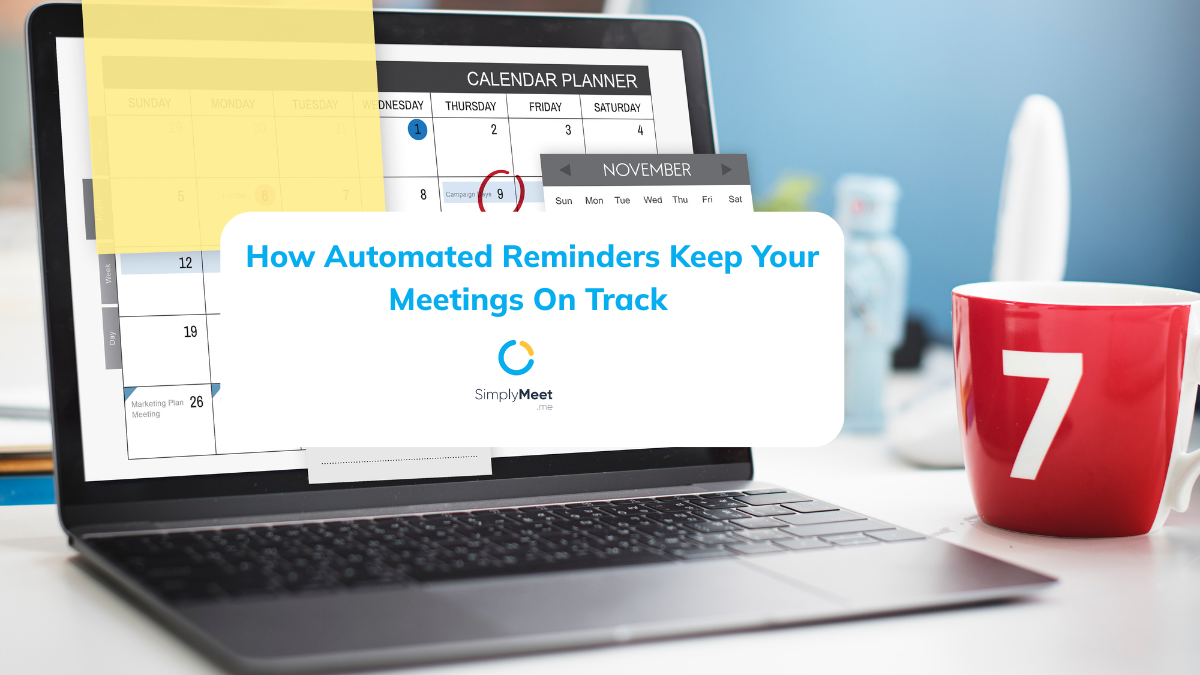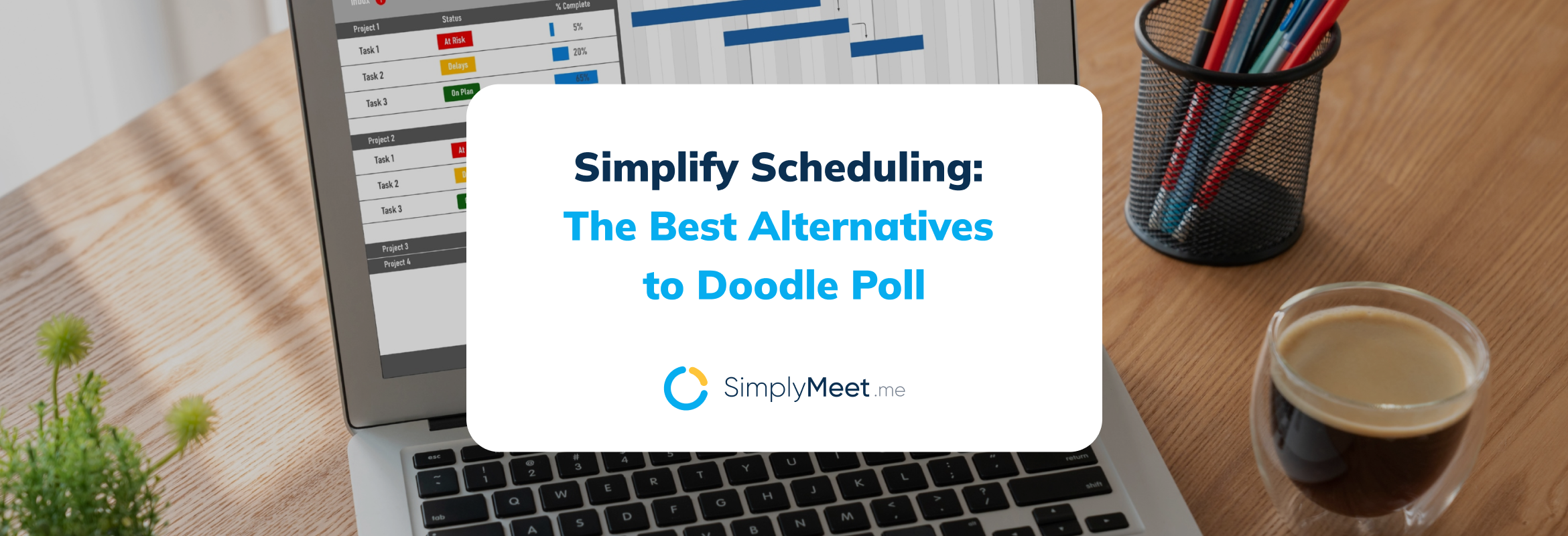Write an Interview Invitation Email – Create a Welcoming Template

Have you ever wondered how to write an interview invitation email that reflects your company ethos, makes people engage in the interview process, and love the idea of working with you?
Yes, it’s a lot to fit into a brief email inviting someone to an interview. However, in most cases, it will be the first time the candidate has had direct communication with you. Most of the time, when people submit application forms and CVs, their response is an automated stock answer.
“Thank you for your application. Due to the high volume of applications for this role we will only contact those who make it to the interview stage.”
How often has that (or something very similar) been seen in an email response to a job application? Probably too many times. Maybe it’s time to start rethinking the automated response to something a little more empathetic and appreciative of the time put into making the application.
First Impressions – Your first direct contact with the candidate
It might seem strange when you think about it; you already know a lot about your interview candidate before you even contact them. You have already seen their educational and work history and understand their self-identified strengths and weaknesses, and you might even know their hobbies. When trying to be friendly and approachable, you might go too far and slide into “creepy” mode. It’s weird having someone know so much about you when you don’t know anything about them.
You also don’t want to be too formal unless you want the company to exude pomposity and stuffiness. Few people find those companies a comfortable place to work. Your first contact should strike a delicate balance between friendly, welcoming and inclusive and the formality required of a workplace. Even interview emails have to walk a fine line of legality in case someone takes offence and believes it to be discriminatory.
However, you can still be personable and friendly without seeming stalkerish or stuffy. Neither too formal, not too familiar.
What should you include in an interview invitation email?
There are a few essentials that you should include in every interview invitation email. And you really shouldn’t forget them because it will make your company look unprofessional and your candidates might overlook you in favour of another company. When you have spent time reviewing CVs to find good potential candidates, you don’t want to waste time if they don’t receive or like your invitation email.
The Subject Line.
If you want this candidate to attend an interview with your company, you had better be sure they know what the email is when they see it.
Since so many people check their emails on smartphones, your best bet is to keep it short and ensure the word “interview” is prominent at the beginning.
Some examples might be
- “Interview Invitation: [position] at [company]”
- “Invitation to interview at [company] for [position]”
- “Interview invite for [position] with [hiring manager] at [company]”
Example: Interview Invitation: lms administrator job at Google
Okay, the last one is a little long, but it still has the key information at the beginning. If someone is actively looking for a new job, they will be on the lookout for emails with “interview” in the visible subject line of their emails.
Express Gratitude
If this person is really an excellent potential candidate for the role you wish to fill, the least you can do is express your thanks that they chose to apply for the position.
Gratitude goes a long way to making the candidate feel respected and valued.
Issue the Interview Invitation (otherwise, there’s no point)
The number of times hiring managers don’t issue the interview invitation until almost the end of the email is frightening. When you talk about expressing thanks for their interest and experience before issuing an interview invite, it sounds like you’re letting them down gently.
Tell your candidate you would like to interview them, when you want that interview to take place, and where you want to do it.
Add a Booking Link
Letting interview candidates self-schedule their interview times has become a trend that is not going away. By all means, you can include a few suitable times in the email – even linking them straight to the appropriate page in the booking process. However, another link that will let them book an interview time that coincides with their schedule makes them feel more in control. It also fosters mutual respect – you respect that they have commitments and responsibilities, and they respect you as an employer more for that consideration.
Include All Interview Details
Will the interview be by telephone, remote video call or on-site and in-person? Your invitation email should be explicit.
What you should include:
- Basic information:
- Company (and department, if necessary)
- Position
- Location:
- If remote, the specifics of the software involved and a link and a video/microphone required
- If on-site, the full address of the premises (specific floor and department if it’s a large building). It’s best to include a map link.
- Interviewer Details:
- 1-2-1 interview – Usually, the hiring manager and their position in the company
- Panel interview – List all pertinent people, immediate manager, department head, CEO, etc. If you have an unnamed HR person on the panel, say it will be an “HR Representative”.
- Interview Format:
- If you have already given a list of interview panel names, it’s presumed that it will be a panel interview. However, it might be worth explaining if one person will be interviewing, but there will be others present.
- Does the candidate need to prepare a presentation? Make sure they know that.
- Any other Interview types
- Interview Duration:
- Let your candidates know how long you will need them. And make sure you make it long enough to ask enough questions and get answers.
- You know how long you need to tell if someone is the right fit for the role and company. No, I’m not talking about intuitive snap decisions, but consideration of answers given, demeanour, attitude, etc.
- Date and Time:
- Suggested Times – Ask them to confirm the most appropriate of your suggestions
- Booking link – Get them to book their own appointment
- Defined time and date of the interview – Tell them the date and time of the interview (and ensure they confirm).
Ask for Confirmation
Asking for confirmation AND for the candidate to confirm receipt of the invitation might seem like overkill. However, there is an outside chance that the candidate might not have received the invitation. Mistakes happen, and transposing a single digit in an email address could be the difference between getting the candidate you want and them going somewhere else.
Even if the candidate makes their own appointment but doesn’t confirm receipt of the email, you can use this as a hiring check. Failing to complete a simple email response is not a good sign in a role that requires attention to detail and following strict procedures.
Finish Off Professionally
In many cases, the candidate is probably doing a happy dance that they got an interview by the time they reach the sign-off. However, that doesn’t mean it shouldn’t be professional, friendly, and appropriate.
I know what we were taught in school about ending correspondence and how you should sign off for someone you don’t know personally, but you do their names. Or how you should sign off for an acquaintance rather than a loved one. None of it means much in the email age, but I don’t think the English curriculum has caught up with technology yet.
All those phrases you were taught:
- Yours respectfully,
- Faithfully yours
- Yours sincerely
- Yours truly
Except for “yours sincerely”, which is appropriate for covering letters and snail-mail only, the rest are considered pompous, stuffy and outdated.
With a few tweaks and a couple of additions, “regards” has to be one of the best email sign-offs. While “Regards” on its own can sound aloof and disconnected, try one of the following to see if it fits your email tone and company ethos:
- Warmest regards
- Kind regards
- Best regards
- Thanks and regards
If you don’t like “regards”, you can try a couple of others:
- Warm wishes
- Best wishes
- Thank you
- Thanks
Check any or your semi-professional email correspondence; approximately 80% will end with a derivation of “regards”.
After your salutation, let the candidate know who you are. Most businesses have professional signatures that automatically appear on their outgoing emails. something like this:
Jane Doe
HR Recruiter
XXXX Solutions Inc
77-77-7777
linkedin.com/in/jane-doe
Maybe you’ll add a hyperlink to the business name that takes candidates to the company website. You might also want to include business-related social media (not personal profiles).
Assuming you want your candidate to do a little company research, you might as well tell them where to look.
Are You Ready to Send Your Interview Invitation Emails?
Now you know the necessary components and structure of an interview invitation email, you can create a template that will allow you to be both welcoming and straightforward, with only the details to change.
It might sound careless to create an interview invitation template. However, once you have a structure that does everything you need, you can save time and money by sticking with what works.



Comments
0 commentsNo comments yet